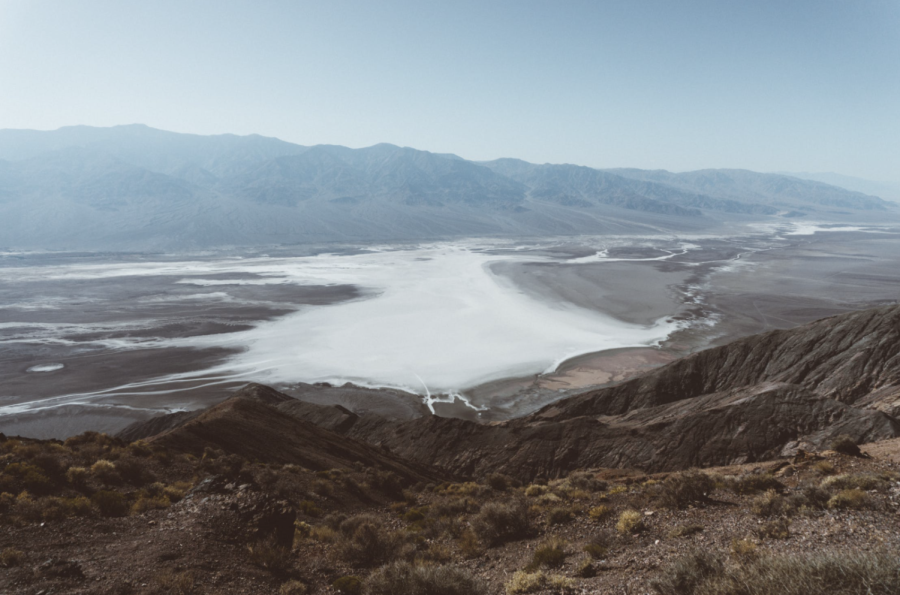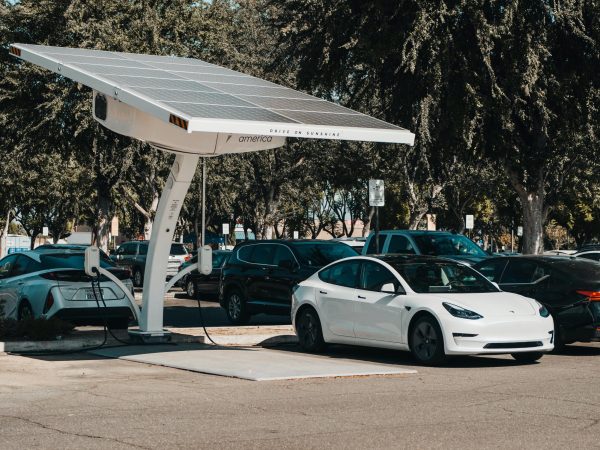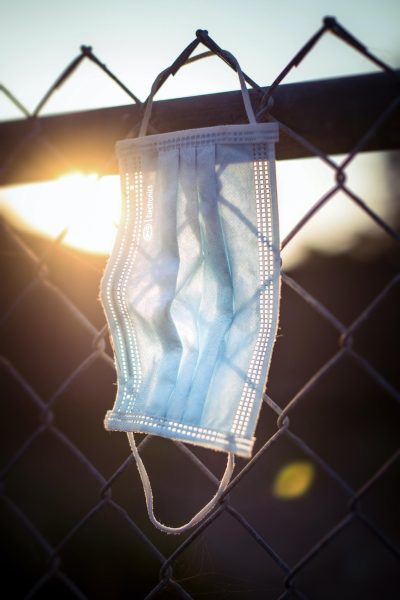The Lake Mead Drought
The greatest reservoir in the United States is fastly depleting. Due to a severe drought brought on by climate change and rising water demand, Lake Mead has reached its lowest level since the 1930s. It is part of a water system for more than 40 million people in seven states and northern Mexico. This means certain States will receive less water in the 2022 water year. According to researchers, the Colorado River, which flows into lake mead, will affect millions of people in the following years and decades, with some compelled to make harsh water cutbacks.
Twenty-five million people are 100% reliant on the water from Lake Mead and it supplies 90 percent of the water in Las Vegas. Due to climate change-induced heat and drought, the Colorado River’s flows are falling as it winds its way from the Rocky Mountains to the Gulf of California. Agricultural towns, particularly in central Arizona, would be most impacted by the initial wave of water cuts.
Lake Mead reached its highest point of 1,214 feet twenty-one years ago. In 1983, the highest recorded elevation was 1,225 feet above sea level and it may never be filled again, according to experts. Lake Mead is already at 36% capacity, a statistic that will continue to fall as the reservoir’s fast drop continues to surpass predictions made just a few months ago. By the end of 2022, water levels are expected to plummet another 20 feet.
5.5 trillion gallons of water have been lost from Lake Mead leaving it at only 1,070.6 feet above sea level. The lake is now around 143 feet lower than in 2000, when it was last deemed complete. Only a “bathtub ring” of white minerals as tall as the Statue of Liberty remains along the lake’s steep shoreline.
Evaporation causes the lake to lose around 6 feet of water each year, making climate change worse. The amount of snowfall that feeds the river reduces as the temperature rises, and more water evaporates, especially during intense heat waves like the one the West is experiencing. On top of the water removed for human consumption and electricity generation, six feet of water represents an annual loss of 300 billion gallons. In the months of June, July, and August, around 40% of the yearly evaporation occurs, enough to supply water to 75,000 Las Vegas Valley households for a year. Excessive heat waves are expected to drain almost 10 billion gallons of water a week alone.
Low water levels at Hoover Dam have reduced electricity output by 25%. The Hoover Dam, which creates the Lake Mead reservoir, generates around 2,000 megawatts of hydropower, enough to power nearly 8 million people in the United States. However, with less water flowing through Hoover Dam, its capacity has dropped to around 1,500 megawatts in recent weeks, a 25% reduction. The reduction impacts multiple states, notably California, Arizona, and Nevada, which all rely on the Hoover Dam for their electricity.
Lake Mead had just 35 percent of its capacity filled as of August 22, 2021. The low water level occurs when drought has damaged 95 percent of the land in nine Western states (64 percent is extreme or worse). It’s part of a 22-year mega drought that might be the region’s worst drought in a thousand years. Water will no longer flow through the Hoover Dam if the lake drops another 175 feet. The “dead pool” level, according to experts, is 895 feet, at which time water no longer travels through the Hoover Dam, effectively shutting off everyone downstream.











